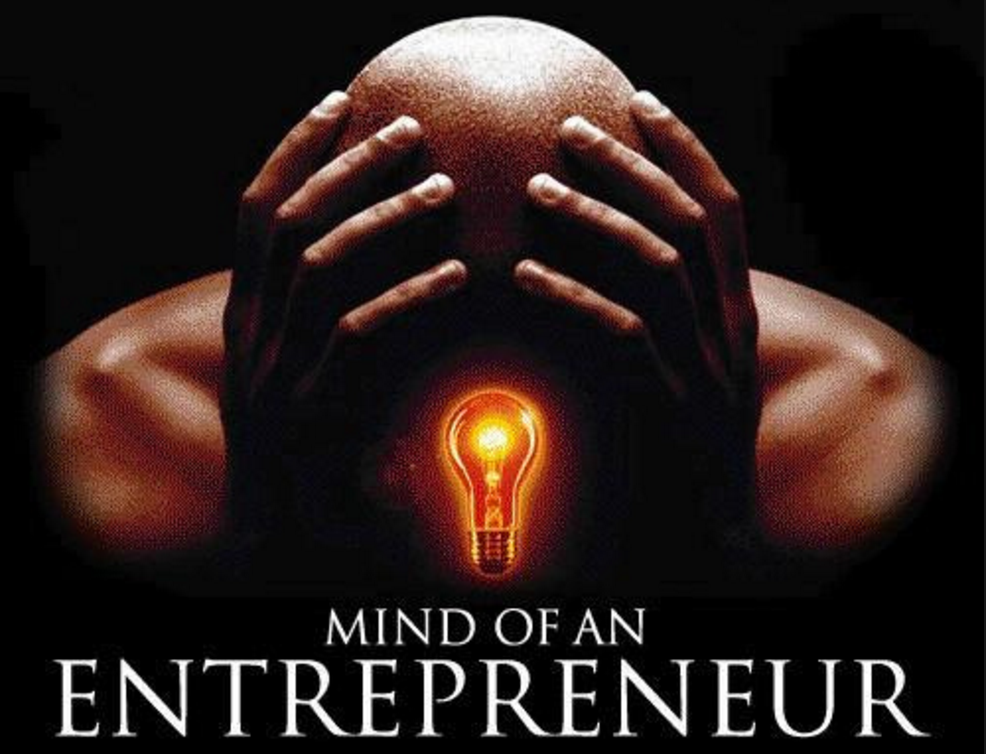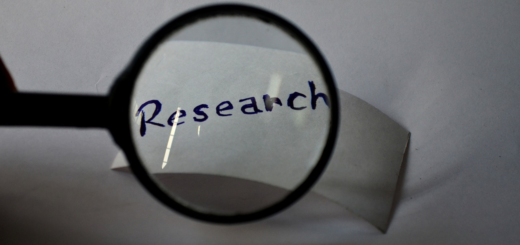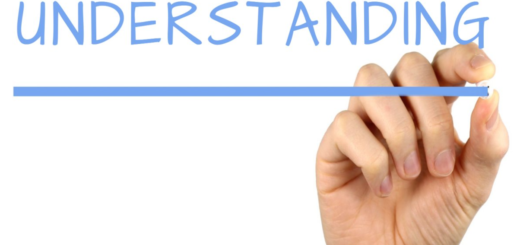How Mindsets Fit in with Significant Learning Environments
I have been wanting to read Carol Dweck’s Mindset for a long time now. Spending the last month investigating learning theories as well as course and lesson design has been fascinating. It has allowed me to take a step back and evaluate what I believe and see how research and theory supports my beliefs. It has also served as the impetus to finally dive into Mindset. In this post I hope to curate my thoughts on Mindset and how it relates to creating this significant learning environment we have been tossing around.
First I always assumed I had a growth mindset, just like I had assumed I leaned towards being a Constructivist. When I read the initial two questions Dweck proposes at the beginning of the book, honestly I was a little shocked with myself. The first self assessment question Dweck asks surrounds ability. When I went with the first answer in my head I chose “You can learn new things, but you can’t really change how intelligent you are” over the ability to change your intelligence quite a bit. Ok, we might be defining intelligence a little differently but I could see I had an unacknowledged bias against the ability to truly change your intelligence. I figured that’s just a fluke I’ll get the next one “right” (more fixed mindset?!).
The second question surrounds personality. Once again if I answered with my first instinct I went with “You can do things differently, but the important parts of who you are can’t really change” over you can change substantially. The more I thought about it the more I realized this was something that happens when you get older in my opinion. I believe who and what you surround yourself in your formative years do have a substantial influence on the important parts of you. This definitely leans towards growth mindset. I do still question at my age how easy it would be to change my core beliefs.
So I was less than a chapter in and I was already doubting my assumptions. The more I read the book the more I realized I do often have a growth mindset but I do need to fight some of my fixed mindset biases. Then I started thinking about how this applies to the significant learning environments I have been researching and creating. I read a couple criticisms of Dweck’s work and one really resonated with me.
Alfie Kohn addresses Dweck’s lack of education experience in his post The “Mindset” Mindset.
He notes, “I’m not suggesting we go back to promoting an innate, fixed, “entity” theory of intelligence and talent, which, as Dweck points out, can leave people feeling helpless and inclined to give up. But the real alternative to that isn’t a different attitude about oneself; it’s a willingness to go beyond individual attitudes, to realize that no mindset is a magic elixir that can dissolve the toxicity of structural arrangements. Until those arrangements have been changed, mindset will get you only so far. And too much focus on mindset discourages us from making such changes” (Kohn, 2016).
I really liked how he addressed that their is no elixir and that structural arrangements have to be changed in addition to mindset. This made me think about my thoughts from book A New Culture of Learning.
In challenge number 3 I noted, “First we realize that we have access to resources that will allow us to learn about anything we want. Second we need to create a structured environment with boundaries that allow for unlimited agency to build and experiment.”
We need to embrace the “power of yet” and fight the “tyranny of now” (Dweck, 2006). I think in our current system we can build the “power of yet” by doing more formative assessments along the way. I love things like Kahoot, Socrative and Quizlet Live as tools to check for understanding with students. However, we have to have strategies to give meaningful feedback when we identify gaps in knowledge. I am more and more convinced that if we can build time into our schedules for reflection and feedback we can emphasize “the power of yet.” So yes we need to have a mindset for growth but we also have to create the right learning environment that allows for this mindset to flourish.
Then as I continued to read about CEO disease and how getting to focused on yourself creates a fixed mindset and hurts those around you. I went back to revisit my learning philosophy and its focus on Constructivist’s thoughts.
I re-read this thought, “Piaget really starts to nail how I believe learning occurs when the correct environments are constructed. As Ackerman notes, “To Piaget, knowledge is not information to be delivered at one end, and encoded, memorized, retrieved, and applied at the other end. Instead, knowledge is experience that is acquired through interaction with the world, people and things” (Ackerman, n.d.). This interaction is the essence of authentic and relevant learning.”
This reaffirmed my desire for knowledge to be acquired from a variety of sources and my belief that I don’t have all the answers. Continuing to feel better about my mindset so I figured I would look at my course designs.
As I looked at both my course design derived from Fink’s 3 column table and my lesson design constructed through Wiggins and McTighe’s UbD, I think I am designing towards a growth mindset. Each allow for choice, ownership and voice for the students in addition to spaces for reflection on their learning. There are no right or wrong answers as they investigate their startup ideas and develop their entrepreneurial spirit. However there still is accountability in their work. It is just more focused on the process over the product.
This emphasis on process over product is what I have taken away from my last month’s investigation. Whether it involves creating a new culture of learning, reaching for a more Constructivist classroom, designing significant learning environments in course design or emphasizing a growth mindset, these all seem to surround the process. If we continue to diligently emphasize improvement in our process through constructing knowledge, connecting the dots along with reflecting and improving, we will improve the most important product in education, our students.
References
Ackermann, E. (n.d.). Piaget’s constructivism, Papert’s constructionism: What’s the difference? Retrieved from http://learning.media.mit.edu/content/publications/EA.Piaget%20_%20Papert.pdf
Dweck, C. S. (2006). Mindset: The new psychology of success. New York, NY: Random House.
Fink, L. D. (2013). Creating significant learning experiences: An integrated approach to designing college courses. Hoboken, NJ: John Wiley & Sons.
Kohn, A. (2016, August 16). The “mindset” mindset. Retrieved from http://www.alfiekohn.org/article/mindset/
Thomas, D., & Brown, J. S. (2011). A new culture of learning: Cultivating the imagination for a world of constant change. Lexington, KY: CreateSpace?
Wiggins, G. P., & McTighe, J. (2005). Understanding by design, expanded 2nd edition. London, England: Pearson.



